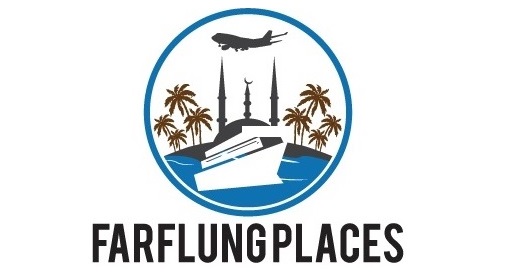This is the statue of a fisherman that stood proudly outside the Moynak fish canning factory in Karakalpakstan on the Aral Sea. The canning factory was one of the most profitable in the Soviet Union, producing fish and caviar that was served at the tables of the Kremlin.
The factory was located just inside the harbour wall, and during winter storms the spray from the sea would cover its windows. Today the factory is a skeleton of jutting metal beams, and rusting corrugated iron flapping in the wind. You can still look out to where the Aral sea should be from its broken windows, but all you can see is sand and rusting boats. The water has gone.
The Aral sea was the fourth largest lake in the world until the mid 1970’s. And then it began to shrink and shrink, until less than one tenth remained. Thanks to massive a Soviet irrigation project to turn desert into cotton growing areas, the water vanished.
The image below, courtesy of Wikipedia shows how the Aral sea has continued to shrink from 1989 to 2008. Moynak is located on the far southern edge of the picture. Water has now been replaced by sand. Sand which is rich in dangerous chemicals and even traces of radioactivity, and is being blown into the atmosphere and has been found as far away as the Arctic.
The boats used to sail across the Aral Sea bringing fish and produce from Kazakhstan into the only major port in landlocked Karakalpakstan, (and Uzbekistan) helping make Moynak a rich and vibrant Soviet city. It had an airport, tourist hotels, the best beaches, and the canning factory which employed thousands.
Despite desperate efforts to keep the canning factory alive as the Aral sea shrunk, including digging a 10km canal, which was then again extended a further 20km to the receding sea, the factory started laying off staff. Fish was even flown to Moynak from other parts of the Soviet Union to keep the canning factory working, but the inevitable end to the factory, and the city, occurred in 2000, with its closure. The boats were already left high and dry, the airport closed, the hotels remained empty, and the inhabitants were forced to become environmental migrants.
The haunting statue of the fisherman remains, locked away in a dark room at the council chambers.





0 comments